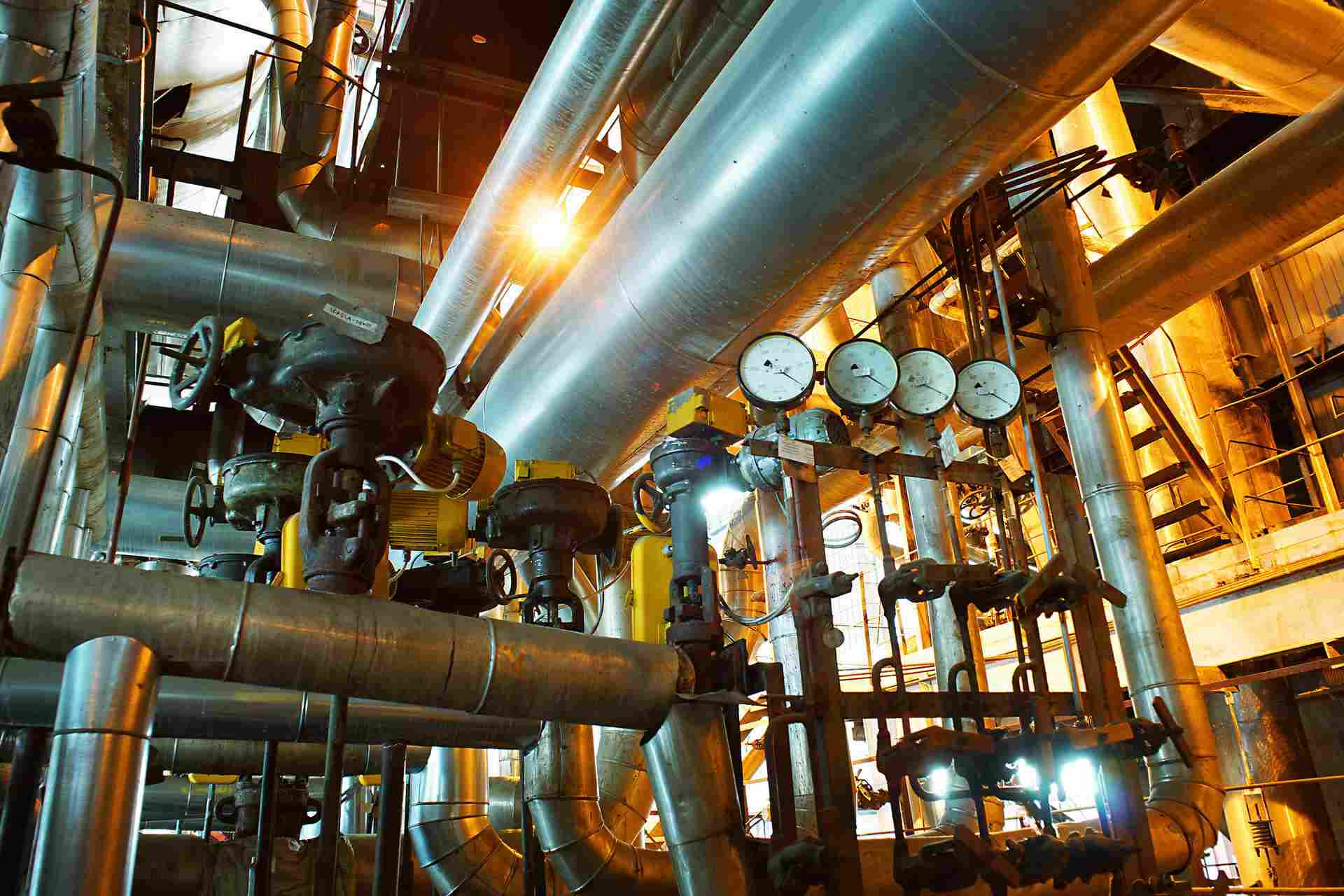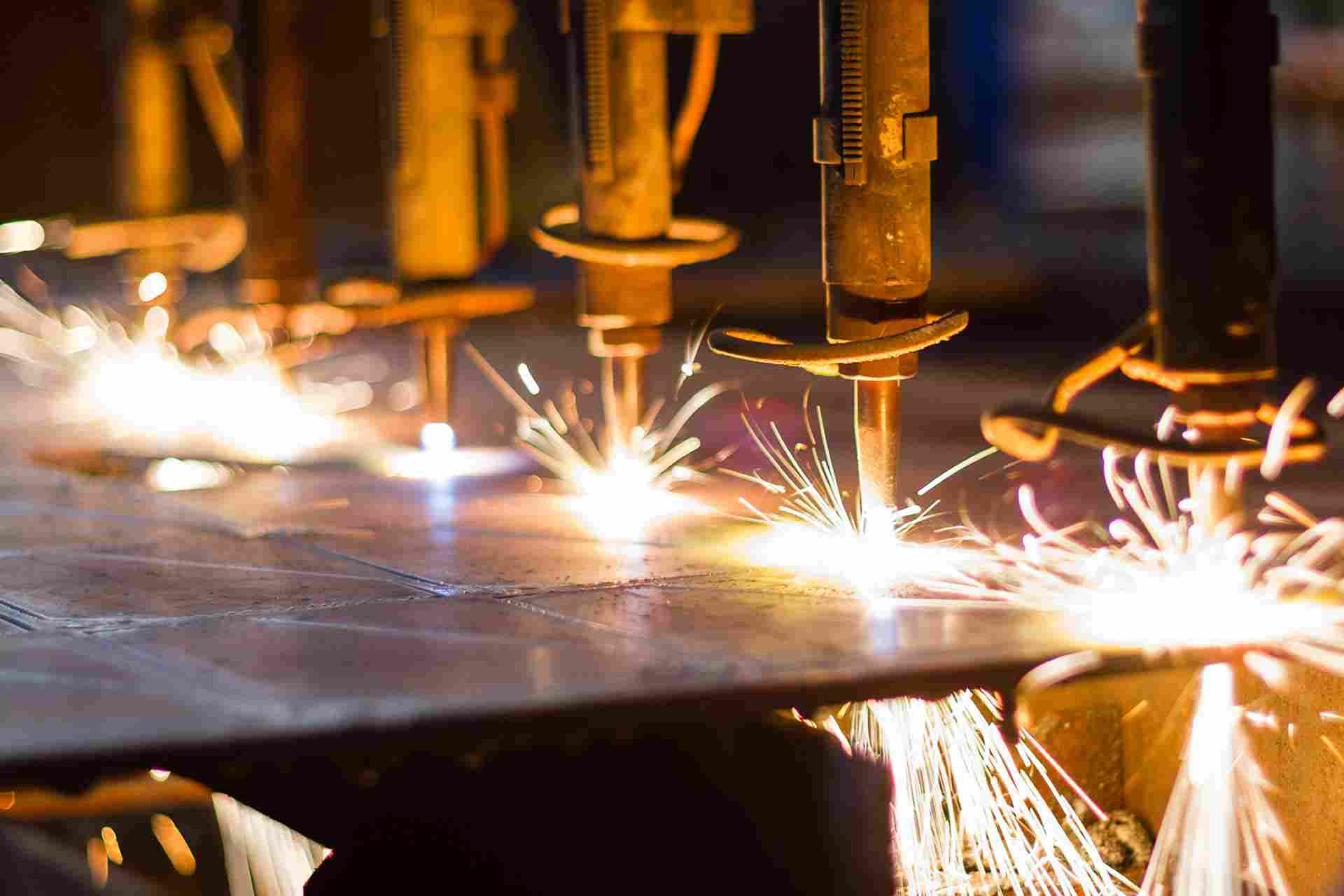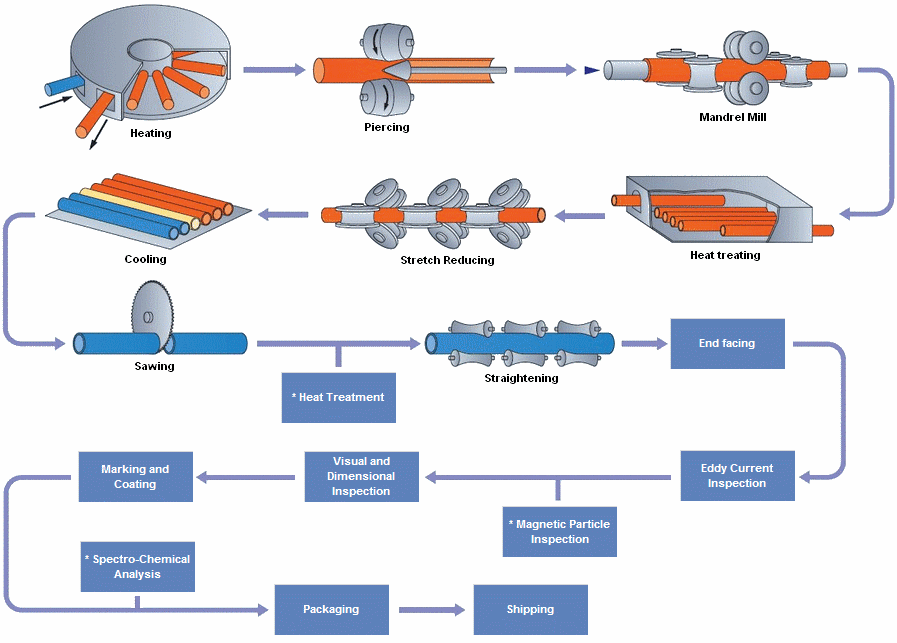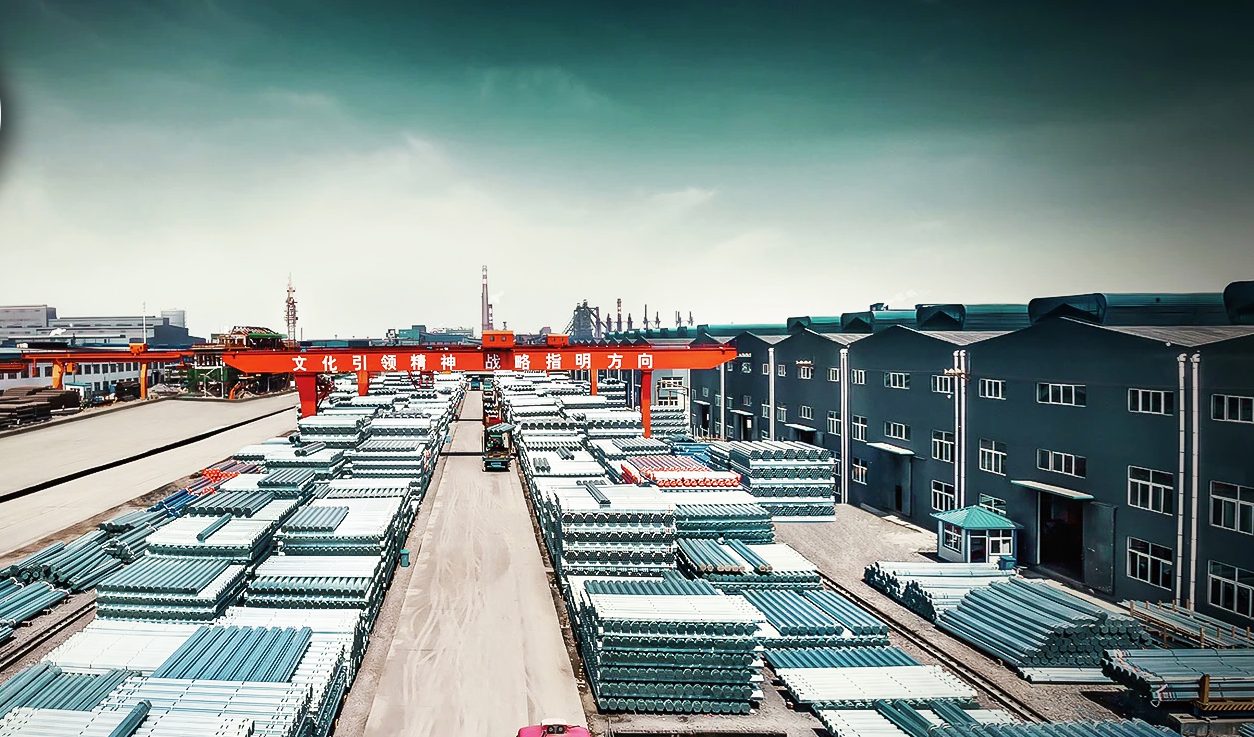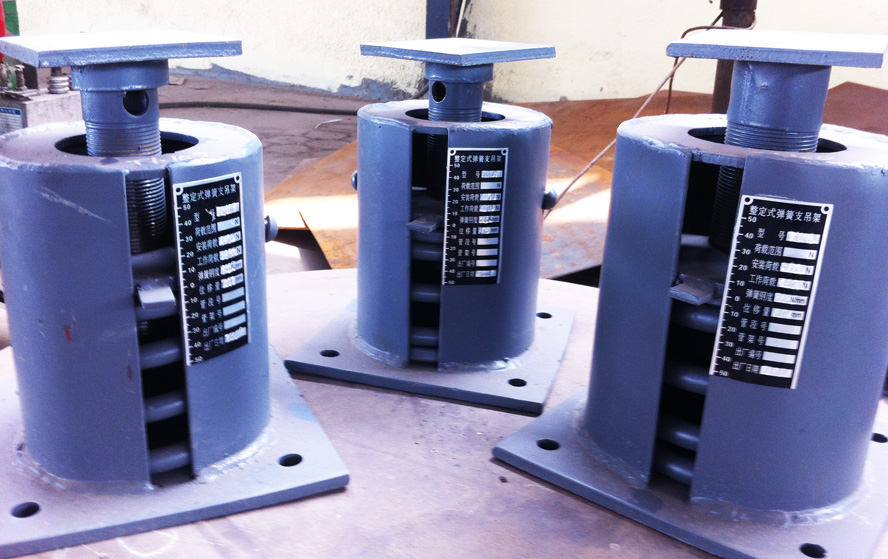CFD Analysis of Inside Buttweld Elbow Pipe
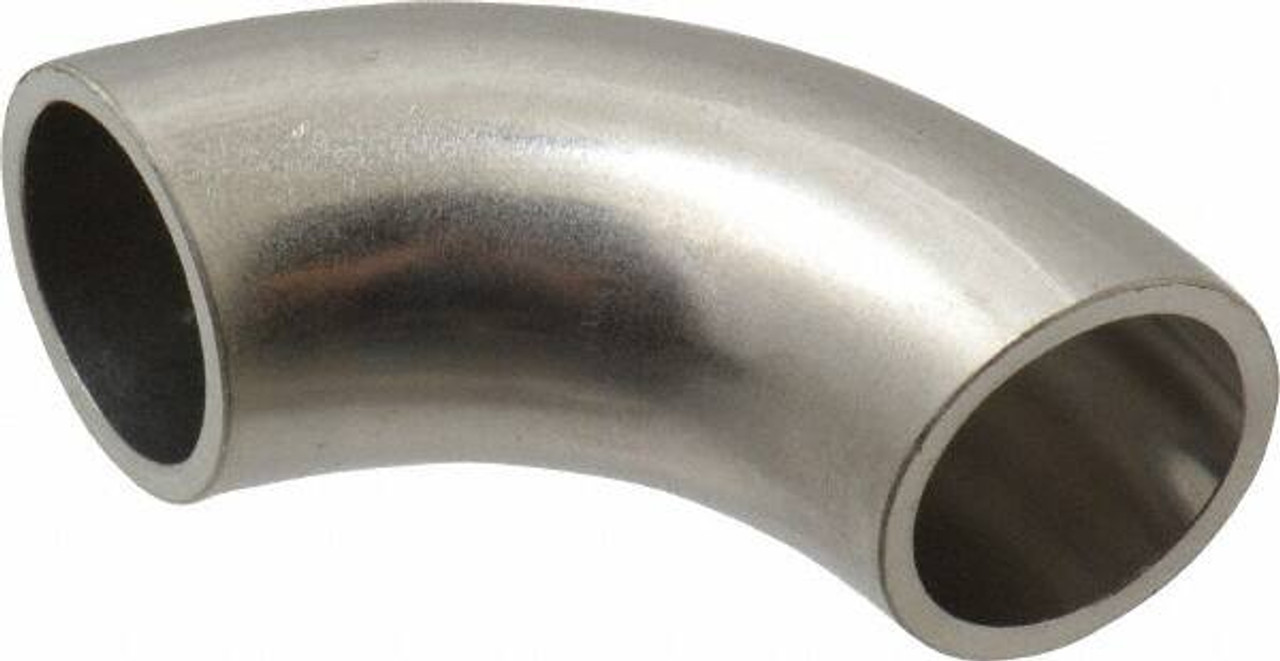
CFD Analysis of Water Flow Mixture Inside Buttweld Elbow Pipes: A Comparison of Sharp-Edged and Normal-Edged Designs
Introduction
Elbow pipes are critical components in piping systems, enabling directional changes in fluid flow. However, their design significantly affects the flow dynamics, energy consumption, and structural integrity of the system. This study focuses on the Computational Fluid Dynamics (CFD) analysis of water flow inside two types of buttweld elbow pipes: one with sharp edges and the other with normal edges. The goal is to compare the flow behavior, pressure distribution, velocity magnitude, and turbulence characteristics in both designs to determine the better-performing elbow pipe.
The analysis was conducted using a 2D model created in SolidWorks, meshed with GAMBIT, and simulated in ANSYS Fluent. By keeping all conditions identical for both cases, the study provides a fair comparison of the two designs. The results reveal significant differences in flow characteristics, energy efficiency, and potential failure risks, favoring the normal-edged elbow pipe as the superior design.
Methodology
1. Modeling and Geometry
- Geometry Creation:
- Two elbow pipe designs were created in SolidWorks:
- Sharp-Edged Elbow Pipe: Features abrupt transitions at the corners.
- Normal-Edged Elbow Pipe: Features smooth, rounded transitions.
- The models were exported as IGES files for further processing.
- Two elbow pipe designs were created in SolidWorks:
- Dimensions:
- Pipe diameter: 100 mm.
- Elbow angle: 90°.
- Wall thickness: 5 mm.
2. Mesh Generation
- Meshing Tool: GAMBIT was used to generate the computational mesh.
- Mesh Type:
- Structured mesh with quadrilateral elements for better accuracy.
- Finer mesh near the walls to capture boundary layer effects.
- Mesh Quality:
- Aspect ratio and skewness were optimized to ensure numerical stability.
- Total number of elements: ~50,000 for each model.
3. Simulation Setup
- Solver: ANSYS Fluent was used for CFD simulations.
- Flow Conditions:
- Fluid: Water.
- Flow type: Steady-state, incompressible.
- Inlet velocity: 2 m/s.
- Outlet: Pressure outlet (0 Pa gauge pressure).
- Wall: No-slip boundary condition.
- Turbulence Model:
- k-ε turbulence model was chosen for its robustness in simulating turbulent flows.
- Convergence Criteria:
- Residuals for continuity, momentum, and turbulence equations were set to 10^-6.
Results and Discussion
The results from the CFD analysis are presented below, comparing the sharp-edged elbow pipe and the normal-edged elbow pipe in terms of total pressure, velocity magnitude, and turbulence kinetic energy. The findings are summarized in tables and discussed in detail.
1. Total Pressure Distribution
Observations:
- Sharp-Edged Elbow Pipe:
- Significant low-pressure zones (wakes) were observed near the sharp edges.
- Flow separation occurred due to abrupt changes in geometry, leading to energy losses.
- Higher pumping power is required to overcome these losses.
- Normal-Edged Elbow Pipe:
- Smooth pressure distribution with no significant wakes.
- Flow remained attached to the walls, reducing energy consumption.
Implications:
- The sharp-edged design increases energy costs and reduces system efficiency.
- The normal-edged design is more energy-efficient and less prone to flow-induced failures.
| Parameter | Sharp-Edged Elbow Pipe | Normal-Edged Elbow Pipe |
|---|---|---|
| Maximum Pressure (Pa) | 150,000 | 145,000 |
| Minimum Pressure (Pa) | -20,000 | -5,000 |
| Low-Pressure Zones (Wakes) | Present | Absent |
2. Velocity Magnitude
Observations:
- Sharp-Edged Elbow Pipe:
- High velocity variations were observed, especially near the sharp edges.
- Flow separation caused uneven velocity distribution, increasing the risk of vibrations and noise.
- High-velocity regions led to stress concentration, which could result in cracks over time.
- Normal-Edged Elbow Pipe:
- Velocity distribution was more uniform.
- A small high-velocity region was observed at the inlet due to slight geometric irregularities, but it quickly stabilized.
- Reduced velocity variations minimized stress concentration and noise.
Implications:
- The sharp-edged design is more prone to structural failures and operational inefficiencies.
- The normal-edged design ensures smoother flow and better durability.
| Parameter | Sharp-Edged Elbow Pipe | Normal-Edged Elbow Pipe |
|---|---|---|
| Maximum Velocity (m/s) | 6.5 | 5.8 |
| Minimum Velocity (m/s) | 0.2 | 0.5 |
| Velocity Variation | High | Low |
3. Turbulence Kinetic Energy (TKE)
Observations:
- Sharp-Edged Elbow Pipe:
- High turbulence levels were observed near the sharp edges.
- Turbulence caused uneven flow patterns, increasing the likelihood of erosion and material wear.
- Normal-Edged Elbow Pipe:
- Turbulence levels were significantly lower.
- Smooth transitions reduced turbulence generation, enhancing flow stability.
Implications:
- The sharp-edged design accelerates wear and tear, reducing the lifespan of the pipe.
- The normal-edged design minimizes turbulence, ensuring long-term reliability.
| Parameter | Sharp-Edged Elbow Pipe | Normal-Edged Elbow Pipe |
|---|---|---|
| Maximum TKE (m²/s²) | 12.5 | 8.2 |
| Minimum TKE (m²/s²) | 0.1 | 0.05 |
| High Turbulence Zones | Present | Absent |
4. Flow Separation and Wakes
Observations:
- Sharp-Edged Elbow Pipe:
- Flow separation occurred at the sharp edges, creating recirculation zones.
- These zones increased energy losses and required higher pumping power.
- Normal-Edged Elbow Pipe:
- Flow remained attached to the walls throughout the elbow.
- No significant recirculation zones were observed.
Implications:
- The sharp-edged design compromises flow efficiency and increases operational costs.
- The normal-edged design ensures smooth flow, reducing energy consumption.
| Parameter | Sharp-Edged Elbow Pipe | Normal-Edged Elbow Pipe |
|---|---|---|
| Flow Separation | Present | Absent |
| Recirculation Zones | Significant | Negligible |
Energy Efficiency Comparison
The sharp-edged elbow pipe requires more pumping power due to higher energy losses caused by flow separation and turbulence. The normal-edged elbow pipe, with its smoother flow characteristics, is more energy-efficient.
| Parameter | Sharp-Edged Elbow Pipe | Normal-Edged Elbow Pipe |
|---|---|---|
| Pumping Power (kW) | 12.5 | 10.2 |
| Energy Efficiency | Low | High |
Structural Integrity and Design Implications
1. Stress Concentration
- Sharp-edged designs create high-stress regions due to velocity variations and turbulence, increasing the risk of cracks and material failure.
- Normal-edged designs reduce stress concentration, enhancing durability.
2. Noise and Vibrations
- Sharp-edged designs generate uneven flow patterns, leading to noise and vibrations that can affect system performance.
- Normal-edged designs ensure quieter and smoother operation.
Conclusion
The CFD analysis of water flow inside buttweld elbow pipes reveals that the normal-edged elbow pipe outperforms the sharp-edged elbow pipe in terms of flow efficiency, energy consumption, and structural integrity. Key findings include:
- Total Pressure:
- Sharp-edged designs create low-pressure zones and wakes, increasing energy losses.
- Normal-edged designs maintain smooth pressure distribution.
- Velocity Magnitude:
- Sharp-edged designs exhibit high velocity variations, leading to stress concentration and potential failure.
- Normal-edged designs ensure uniform velocity distribution.
- Turbulence Kinetic Energy:
- Sharp-edged designs generate high turbulence, accelerating wear and tear.
- Normal-edged designs minimize turbulence, enhancing reliability.
- Energy Efficiency:
- Normal-edged designs require less pumping power, reducing operational costs.
- Structural Integrity:
- Normal-edged designs reduce stress concentration, noise, and vibrations, ensuring longer service life.
Final Recommendation:
For applications involving liquid flow, normal-edged elbow pipes are the superior choice due to their enhanced performance, energy efficiency, and durability. Sharp-edged designs should be avoided to minimize operational inefficiencies and maintenance costs.
Future Work
- 3D Simulations:
- Extend the analysis to 3D models for more accurate predictions.
- Multi-Phase Flow:
- Investigate the behavior of liquid-solid or gas-liquid flows.
- Material Analysis:
- Study the impact of different materials on erosion and wear.
- Experimental Validation:
- Conduct physical experiments to validate CFD results.
By addressing these areas, further insights can be gained into optimizing elbow pipe designs for various industrial applications.

